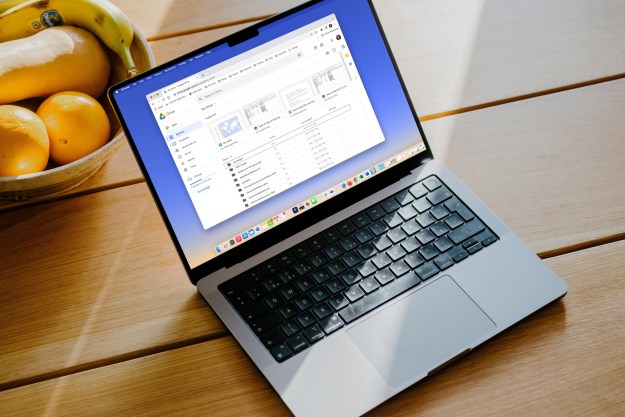 For years now, experts, analysts and companies have discussed the idea of “cord-cutting,” and whether that would result in the much-heralded, little-understood “Death of Television.” Now, it seems, we might have some idea of just how many people might be willing to participate in televisualcide, thanks to a new study on consumer video viewing habits.
For years now, experts, analysts and companies have discussed the idea of “cord-cutting,” and whether that would result in the much-heralded, little-understood “Death of Television.” Now, it seems, we might have some idea of just how many people might be willing to participate in televisualcide, thanks to a new study on consumer video viewing habits.
According to the study Choosing Content: Viewing Video, carried out by Parks Associates with 2,500 households responding to the survey questions, 17 percent of premium cable channel customers and 16 percent of video-on-demand pay-per-view customers would consider using an online subscription service such as Netflix Watch Instantly instead of their current viewing choice, with Netflix’s online streaming option being rated higher in terms of customer satisfaction than premium broadcast because of the increased amount of material available, and lower cost.
Commenting on the findings of the report, Parks Associates’ Director of Research Brett Sappington pointed out that “Consumers can pay for a month of Netflix for about the same amount as for two pay-TV VOD movies. Parks Associates research shows consumers know the quality of the [subscription] service is not comparable to pay-TV quality, but the cost-benefit comparison is enough to affect their purchase decisions.”
Parks’ report does point out that premium cable carriers and networks such as HBO have created their own methods of streaming content online in an attempt to position themselves as competitors on a somewhat level playing field with Netflix, but note that “consumer awareness is low and few providers offer subscription [over-the-top] services. Comcast offers an OTT subscription service exclusively to its pay-TV subscribers, and DISH Network offers an online service to its subscribers via Blockbuster. Verizon and Redbox are partnering to offer an over-the-top service later this year.”
Currently, while there has definitely been a slow down in the amount of subscriber growth for traditional broadcast methods, the worst fear of “cord-cutting” have failed to materialize. That’s something that may change as audience demographics change, however, as Mark Rogowsky pointed out in Forbes. “People used to move out of their parents’ homes, get jobs, and reflexively sign up for cable. Now — for those that actually get to move out — the notion of spending the money on cable is a harder sell, especially after the introductory period when the bill tends to rise from $30/month or so to a multiple of that,” he wrote, pointing out that thanks to the various solutions offered by the Internet – not all of them legal, of course – it’s “quite possible” to watch your favorite shows without a cable subscription. “Given that excess disposable income doesn’t appear headed for the wallets of twentysomethings in the U.S. anytime soon (and even if it were, it’s not clear they’d rush to sign up for cable),” he adds, “there’s a real possibility that over time, multichannel penetration in the U.S. will drop off meaningfully from the current 90-plus-percent level as the current customers die and the prospective new customers don’t automatically opt in.”
Instead of cord-cutting, that should perhaps be the main concern for television companies at this point: It’s not that people will give up their television for the internet, but if the internet can convince people who’ve never really had a cable subscription before that they don’t even need one… Well, that could be a real problem.
Editors' Recommendations
- SpaceX Starlink internet could be coming to an airline near you
- Would you give up Amazon Prime shipping to save the planet?
- Elon Musk says a UFO-on-a-stick will connect you to his internet satellites
- Wi-Fi 6 has finally launched. Here’s what that means for you


